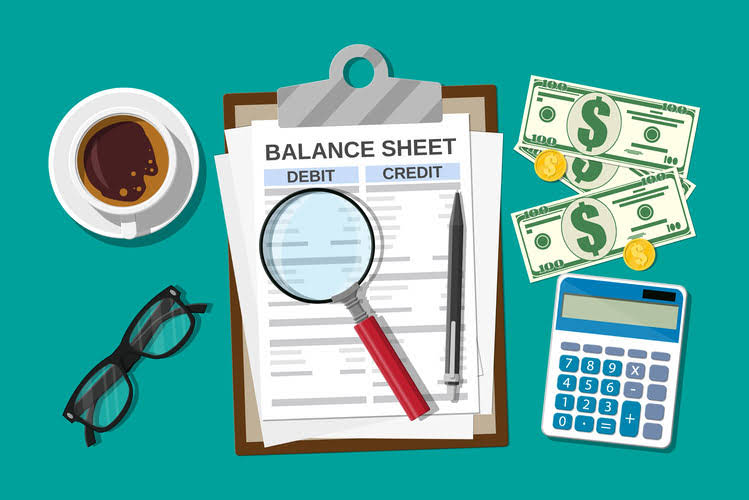
The warehouse has capacity to store 100 extra-large riding lawnmowers. The margin cost to manufacture the 98th, 99th, or 100th riding lawnmower may not vary too widely. However, manufacturing the 101st lawnmower means the company has exceeded the relevant range of its existing storage capabilities. That 101st lawnmower will require an investment in new storage space, a marginal cost not incurred by any of the other recently manufactured goods.
The change in cost is equal to production cost from levels of output prior to the increase in production subtracted from the cost from levels of output following the increase in production. Total cost, fixed cost, and variable cost each reflect different aspects of the cost of production over the entire quantity of output produced. In contrast, marginal cost, average cost, and average variable cost are costs per unit. Thus, it would not make sense to put all of these numbers on the same graph, since we measure them in different units ($ versus $ per unit of output).
How to Calculate Marginal Cost: A Comprehensive Guide
Overall, marginal cost forms the backbone of cost analysis for businesses and broader economic modeling. Understanding and accurately calculating it is therefore paramount in these fields. This means that the marginal cost of each additional unit produced is $25.
The Marginal Cost quantifies the incremental cost incurred from the production of each additional unit of a good or service. For example, consider a consumer who wants to buy a new dining room table. Since they only have one dining room, they wouldn’t need or want to purchase a second table for $100. They might, however, be enticed to purchase a second table for $50, since there is an incredible value at that price.
What Jobs Use the Marginal Cost Formula?
Marginal cost is the expenses needed to manufacture one incremental good. As a manufacturing process becomes more efficient or economies of scale are recognized, the marginal cost often declines over time. However, there is often a point in time where it may become incrementally more expensive to produce one additional unit. Marginal cost is often graphically calculate marginal cost depicted as a relationship between marginal revenue and average cost. The marginal cost slope will vary across company and product, but it is often a “U” shaped curve that initially decreases as efficiency is realized only to later potentially exponentially increase. Marginal cost includes all of the costs that vary with that level of production.
The higher the level of production, the greater the labor can be divided, leading to a maximization of output. On the other hand, oligopolies are markets with the same product but with very few sellers. Oligopolies do not use marginal cost to price goods, instead of using something like the Nash equilibrium to find the right price level. For example, rent of $800/mo and machine expense of $400/mo to operate are fixed costs since they are incurred regardless of how much a firm is able or willing to produce. The total change in cost is $5k, while the total change in production is 100 units.